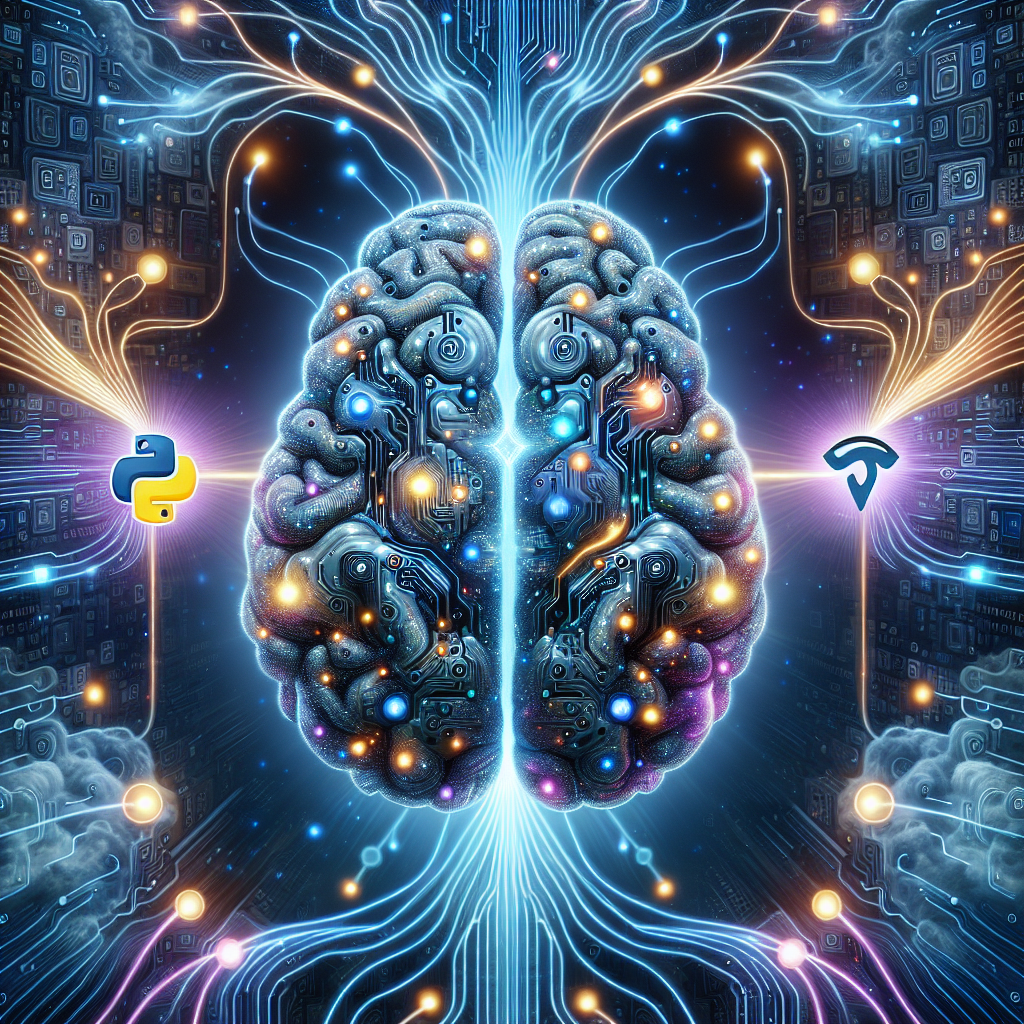Your cart is currently empty!
Deep Learning Demystified: Harnessing the Power of PyTorch and TensorFlow for Neural Networks

Deep learning has become a buzzword in the tech industry in recent years, but what exactly is it and how can one harness its power for building neural networks? In this article, we will demystify deep learning and explore how PyTorch and TensorFlow, two popular deep learning frameworks, can be used to create powerful neural networks.
Deep learning is a subset of machine learning that uses artificial neural networks to mimic the way the human brain processes information. These neural networks are composed of layers of interconnected nodes, each node representing a mathematical operation. By adjusting the weights and biases of these nodes, the neural network can learn to recognize patterns and make predictions.
PyTorch and TensorFlow are two open-source deep learning frameworks that have gained popularity in the machine learning community. PyTorch, developed by Facebook’s AI research lab, is known for its flexibility and ease of use, making it a favorite among researchers and practitioners. TensorFlow, developed by Google, is known for its scalability and performance, making it a popular choice for building production-ready models.
To harness the power of PyTorch and TensorFlow for building neural networks, one must first understand the basics of deep learning. This includes understanding the architecture of neural networks, the different types of layers that can be used (such as convolutional and recurrent layers), and the various activation functions that can be applied to each layer.
Once the basics are understood, one can start building neural networks using PyTorch or TensorFlow. Both frameworks provide high-level APIs that make it easy to define and train neural networks. For example, in PyTorch, one can define a neural network using the nn.Module class and use the torch.optim module to define the optimization algorithm. In TensorFlow, one can define a neural network using the tf.keras API and use the tf.train module to define the optimization algorithm.
In addition to building neural networks, PyTorch and TensorFlow also provide tools for visualizing and analyzing the performance of the models. For example, PyTorch provides the TensorBoardX library for visualizing training metrics, while TensorFlow provides the TensorBoard tool for visualizing the computational graph of the model.
Overall, deep learning can seem complex and intimidating at first, but with the right tools and frameworks, such as PyTorch and TensorFlow, anyone can harness its power for building powerful neural networks. By understanding the basics of deep learning and mastering the tools provided by these frameworks, one can unlock the potential of deep learning and create cutting-edge AI applications.
#Deep #Learning #Demystified #Harnessing #Power #PyTorch #TensorFlow #Neural #Networks,understanding deep learning: building machine learning systems with pytorch
and tensorflow: from neural networks (cnn

Leave a Reply